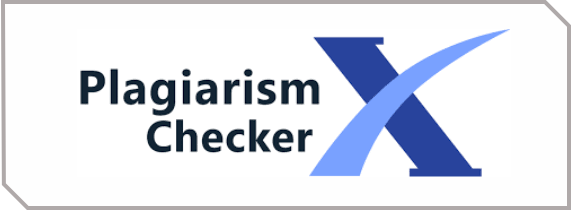Pembelajaran Berbasis Masalah dan Perencanaan Kurikulum
DOI:
https://doi.org/10.62200/magistra.v2i1.69Keywords:
PBL, Curriculum PlanningAbstract
Problem-Based Learning (PBL) has become a significant approach in the realm of education aimed at enhancing students' abilities to solve real-world problems. This paper delves into the integration of PBL within curriculum planning as an endeavor to create a more meaningful and pertinent learning environment for students. PBL amalgamates theoretical concepts with practical applications in problem-solving, enabling students to hone critical thinking, creativity, and collaborative skills. This research scrutinizes strategies for implementing PBL within curriculum planning, encompassing the identification of curriculum-relevant issues, structuring structured learning steps, and evaluating learning outcomes. The success of PBL within the curriculum context hinges upon schools' and teachers' capacities to design adaptable and flexible curricula. Teachers assume a pivotal role as learning facilitators, guiding students in exploring problems, fostering collaboration, and nurturing profound comprehension. Furthermore, this study underscores the advantages of integrating PBL into the curriculum, including heightened student motivation, fortified problem-solving skills, and preparing students to confront real-world challenges.
References
Hasmiati, Jumadi, O., & Rachmawaty. (2018). Penerapan Model Problem Based Learning (PBL) dalam Meningkatkan Kemampuan Berpikir Kreatif dan Hasil Belajar Siswa. Prosiding Seminar Nasional Biologi Dan Pembelajarannya, 257–262.
Pengertian Problem Based Learning, Tujuan dan Sintak. (n.d.). Retrieved December 17, 2023, from https://www.sampoernaacademy.sch.id/id/problem-based-learning/
Rudiyati, S. (2013). With Special Educational Needs in Inclusive Schools. Cakrawala Pendidikan, 2(2013), 296–306.
Rusman. (2014). Model-Model Pembelajaran: Mengembangkan Profesionalisme Guru (Cetakan ke). Rajawali Pers. PT. RajaGrafindo Persada.
Tamarli. (2017). Penggunaan Media Gambar Dengan Model Pembelajaran Problem Based Learning (PBL) Untuk Meningkatkan Kemampuan Berpikir Kritis Siswa Pada Pembelajaran PPKN Materi Hak Azasi Manusia Kelas XI-2 SMA Negeri Sukamakmur Aceh Besar. Jurnal Serambi Ilmu, 18(1), 33–40.











